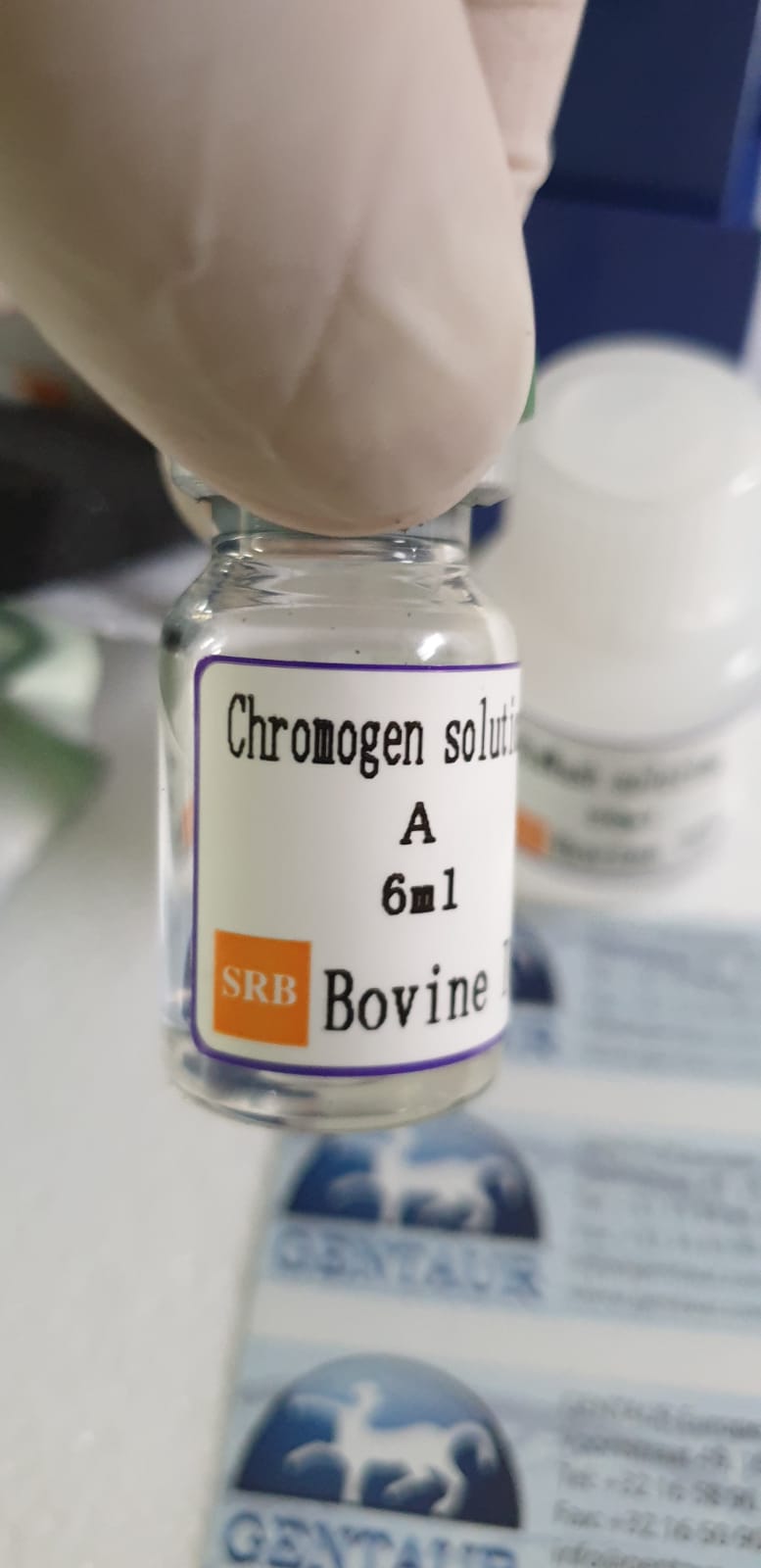Survival of patients with BRCA1-associated breast cancer diagnosed in an MRI-based surveillance program.

Møller P, Stormorken A, Jonsrud C, Holmen MM, Hagen AI, Clark N, Vabø A, Sun P, Narod SA, Mæhle L.
Inherited Cancer Research Group, Department for Medical Genetics, The Norwegian Radium Hospital, Oslo University Hospital, Oslo, Norway. moller.pal@gmail.com
Abstract
We report the 5- and 10-year survival rate of women diagnosed with breast cancer in the context of an annual MRI-based surveillance program. In 2001, as part of a national initiative, women in Norway with a BRCA1 mutation were offered annual screening with breast MRI in addition to mammography. 802 women with a BRCA1 mutation were screened one or more times and followed for a mean of 4.2 years. As of December 2011, 68 of 802 women in the screening program were diagnosed with DCIS or invasive breast cancer (8.5 %), including eight prevalent, 50 incident screen-detected and eight interval cancers. Two latent cancers were detected at prophylactic mastectomy. Sixty-three of the cancers were invasive and five were in situ. The mean tumour size was 1.4 cm (range 0.2-4.5 cm), and 85 % of the patients were node-negative. Ten of the 68 patients died of cancer in the follow-up period. The 5-year breast cancer-specific survival for women with cancer was 75 % (95 % CI 56-86 %) and the 10-year survival was 69 % (95 % CI: 48-83 %). The 5-year survival for women with Stage 1 breast cancer was 82 % compared to 98 % in the population. The 5- and 10-year survival of women with a BRCA1-associated breast cancer detected in a national MRI-based screening program in BRCA1 mutation carriers Norway was less than anticipated. The benefit of annual MRI surveillance on reducing breast cancer mortality in BRCA1 mutation carriers remains to be proven.
PMID: 23615785
SUPPLEMENT:
The paper on outcome of annual breast MRI as secondary prevention to reduce mortality in BRCA1 mutation carriers, is the latest in a series to describe familial breast cancer kindreds, identifying the underlying genetic causes, and validate effects of different modalities for primary and secondary prevention strategies.
Before the BRCA genes were identified, we observed that there was an uneven distribution of breast and breast-ovarian cancer kindreds in Norway. When the genes were identified, we examined obligate carriers in a few large families in the different regions known historically to have been isolated and populated the last 600 years mainly by inbreeding. This lead to identification of a few founder mutations later demonstrated to cause the majority of BRCA mutation carriers ( see http://www.ncbi.nlm.nih.gov/pubmed/17574839 ). We constructed a test panel for these mutations, and tested all breast cancer kindreds. Having developed advanced computerized files (http://www.ncbi.nlm.nih.gov/pubmed/21387464) to keep all information over time available for research, we joined forces with 10 European centres to use all available information to establish European guidelines for BRCA testing and health care to mutation carriers ( http://www.ncbi.nlm.nih.gov/pubmed/10595280 ). The advice was annual mammography aiming at early diagnosis and treatment in order to improve survival. The experience was, however, that this was insufficient for BRCA1 mutation carriers: In contrast to other groups, they did not benefit as hoped for (http://www.ncbi.nlm.nih.gov/pubmed/17471561). As did the rest of the world, we let the BRCA1 mutation carriers chose between prophylactic mastectomy ( http://www.ncbi.nlm.nih.gov/pubmed/18996907 ) and improved secondary prevention with annual breast MRI. The first results on annual breast MRI using tumour stage at detection were promising in our activity (http://www.ncbi.nlm.nih.gov/pubmed/17471561) as it was for others, making many believe that survival should be improved (http://www.ncbi.nlm.nih.gov/pubmed/22231042), but without having real data on observed survival to support the conclusion (http://www.ncbi.nlm.nih.gov/pubmed/22231044). According to protocol, and instructed by the Norwegian Government to report the outcome of our activities, we analyzed our series of BRCA1 mutation carriers having been subjected to annual MRI for 10 years, with respect to survival after diagnosis. The results showed no measurable difference in survival between BRCA1 mutation carriers subjected to annual mammography or annual breast MRI. A Kaplan-Meier comparison of the two series not included in the paper is presented here.
We have through participating in the international networks acquired sufficient numbers to reach conclusions, validated that early diagnosis and treatment of ovarian cancer in BRCA mutation carriers does not improve prognosis substantially, while prophylactic salpingo-oophorectomy with the addition of hormone replacement therapy until expected menopause, reduce all-cause mortality in mutation carriers with 77% (http://www.ncbi.nlm.nih.gov/pubmed/24567435).
In parallel, we have demonstrated that all costs included, making high-throughput testing for BRCA mutations combined with the empirically observed uptake of prophylactic salpingo-oophorectomy, the cost will be negligible with yesterday’s prices for genetic testing (and with the falling prices soon profitable), because the cost of treatment for long-standing disease avoided and the value of life-years-gained, will balance the total cost of the testing program and the cost of the salpingo-oophorectomies. (http://www.ncbi.nlm.nih.gov/pubmed/18362067)
In conclusion, it seems reasonable to make BRCA testing available to all who want it and recommend prophylactic salpingo-oophorectomy to mutation carriers having completed their families. Furthermore it should be discussed with each single mutation carrier at disclosure of test results, the observed outcome that about one out of three die within 10 years following a diagnosis of breast cancer within a program of annual mammography with or without annual breast MRI, as compared to the better outcome when undertaking prophylactic mastectomy. One may, of course, discuss possible effects of design-drugs tailored to treat BRCA-associated breast cancers (such as PARP inhibitors), but there is so far no evidence for long-time effects on survival for such given to early stage breast cancer cases.
 Euro
Euro
 US Dollar
US Dollar
